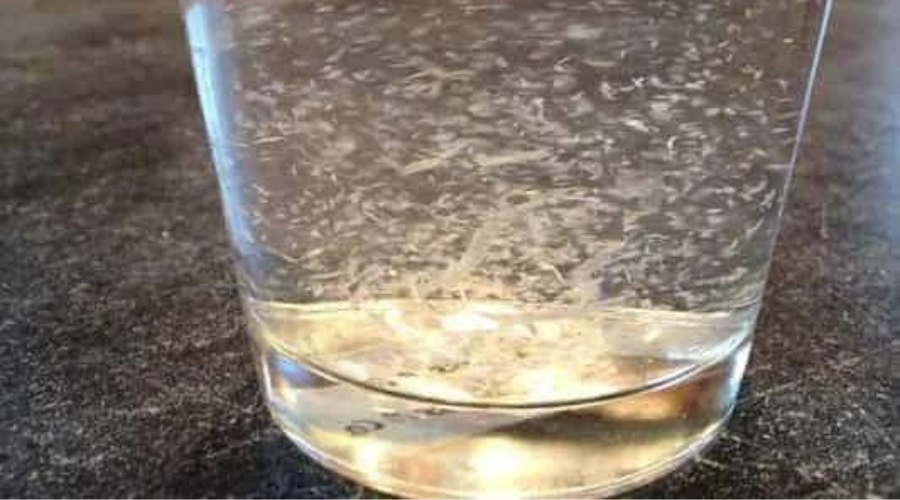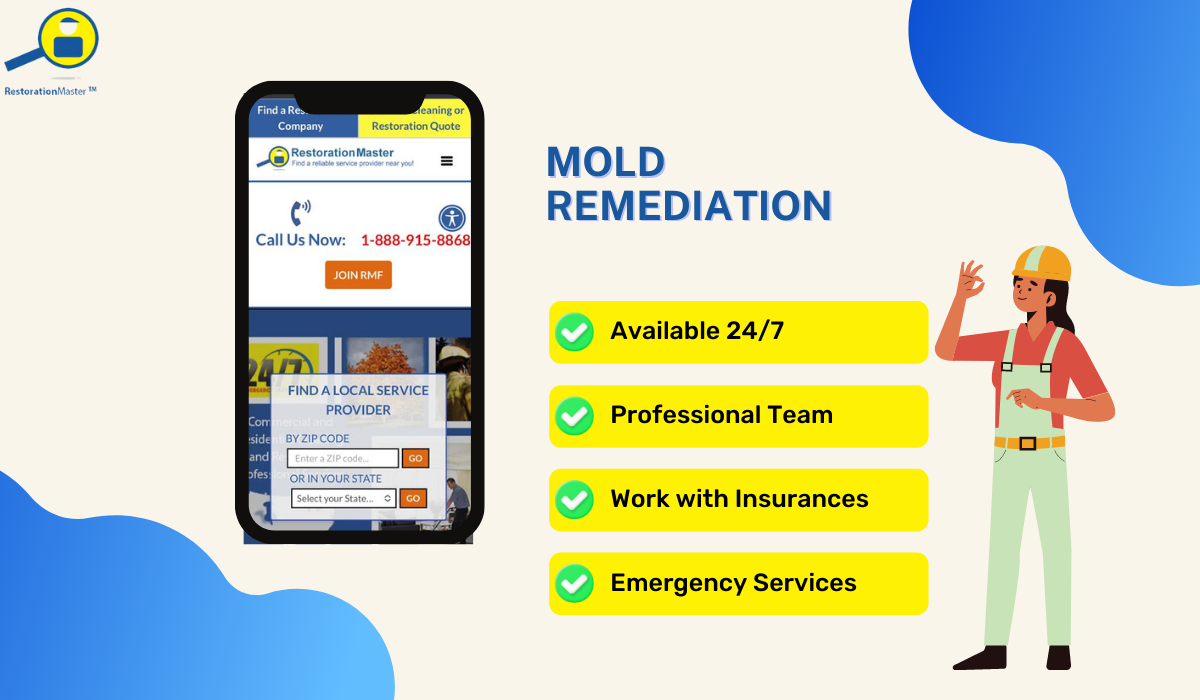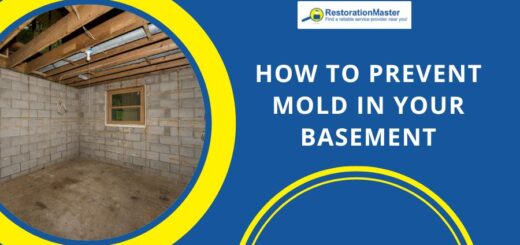What Does White Water Mold Look Like?
Summary: White water moldMold is a type of fungus that grows in damp or humid conditi... More is a fungus that commonly grows in pools with poor circulation. It appears white and shredded, resembling tissue paper or mucus. While it is not harmful to swimmers, it can clog pool equipment and be accompanied by pink slime. Treatment involves cleaning the filter, shocking the pool with high levels of chlorine, skimming the moldMold is a type of fungus that grows in damp or humid conditi... More, and monitoringMonitoring is the ongoing observation and measurement of con... More for reappearance. Homeowners can prevent white water moldMold is a type of fungus that grows in damp or humid conditi... More by maintaining pool cleanliness, balancing chemicals, and allowing sunlight exposure.

White Water Mold
White water moldMold is a type of fungus that grows in damp or humid conditi... More is a fungus that occurs naturally in the environment. It is most commonly found growing in pools with limited circulation. Many mold species are white in color, just like white water moldMold is a type of fungus that grows in damp or humid conditi... More. Homeowners can recognize white water moldMold is a type of fungus that grows in damp or humid conditi... More by its appearance.
What does white water mold look like?
The visual characteristics of white water moldMold is a type of fungus that grows in damp or humid conditi... More are many. As its name suggests, the fungus is white in color. Further identifying factors include its shredded, oftentimes flaky, appearance. White water moldMold is a type of fungus that grows in damp or humid conditi... More is known to resemble shredded tissue paper or even mucus.
Where does white water mold primarily grow?
Homeowners with pools may be familiar with white water moldMold is a type of fungus that grows in damp or humid conditi... More, as the fungus grows in pool areas where circulation is poor. Infestations of white water moldMold is a type of fungus that grows in damp or humid conditi... More can be found on the ladder, in the skimmer, and behind the pool’s return jets.
White water moldMold is a type of fungus that grows in damp or humid conditi... More can develop in both outdoor and indoor pools when conditions are optimal. However, the fungus grows predominantly in indoor pools, where, unlike in outdoor pools, the sun’s ultraviolet rays do not have an opportunity to kill it.
If the white water moldMold is a type of fungus that grows in damp or humid conditi... More floats in the pool water, the colonies have likely spread to the filtration system. The presence of this type of moldMold is a type of fungus that grows in damp or humid conditi... More may also indicate issues with the pool’s chlorine levels. Pink slime, an illness-causing bacteria, may accompany the white water moldMold is a type of fungus that grows in damp or humid conditi... More.
Why does white water mold grow in pools?
Pools that are poorly maintained may become infested with white water moldMold is a type of fungus that grows in damp or humid conditi... More. Additionally, the fungus grows where a chemical imbalance is present or the water circulation is inadequate. Even when a small amount of white water moldMold is a type of fungus that grows in damp or humid conditi... More is present, it can multiply into vast colonies.
Pool cleaning solutions, such as non-halogen sanitizersSanitizers are chemical agents used to reduce bacteria and m... More, germicides, chlorine, and bromine, have little effect on white water moldMold is a type of fungus that grows in damp or humid conditi... More. The resilience of the fungiFungi are a group of organisms, including mold, mildew, and ... More is due to its heavy protective coating. White water moldMold is a type of fungus that grows in damp or humid conditi... More depletes the pool’s oxidizerAn oxidizer is a substance that can release oxygen and promo... More levels and makes optimal sanitizer levels impossible.

Is white water mold harmful?
Being non-pathogenic, white water moldMold is a type of fungus that grows in damp or humid conditi... More is not harmful to swimmers. Individuals who dip into the pool for a swim notice the organisms perish upon them exiting the water and dryingDrying is the process of removing moisture from materials, s... More off. However, the pink slime that accompanies the white water moldMold is a type of fungus that grows in damp or humid conditi... More can cause illness.
Although white water moldMold is a type of fungus that grows in damp or humid conditi... More does not pose a danger to the health of humans, the fungus is notorious for clogging pool equipment. Furthermore, the torn-up tissue-like appearance of this moldMold is a type of fungus that grows in damp or humid conditi... More as it floats upon the surface of the pool water is unsightly.
How is white water mold treated?
White water mold growing in pools can be treated with chlorine. While this task is challenging, it is doable. Homeowners who attempt to clean the pool of white water moldMold is a type of fungus that grows in damp or humid conditi... More should proceed quickly and ensure the cleanup is thorough to produce the best results.
1. Clean the Filter
Prior to starting the cleanup, ensure the filter pump is in good working condition. If the moldMold is a type of fungus that grows in damp or humid conditi... More is seen in the pool water, it’s already in the filter, too. Consequently, cleaning the pool water is ineffective. Backwash the filter, exposing it to 30 ppm of chlorine for three straight days.
2. Shock the Pool
Pay attention to the pool water’s pH levels to ensure the subsequent shock treatment works. Use chlorine shock to shock the pool, applying the treatment at dusk or night (unless the pool is indoors and receives no sunlight). Run the pump for 72 hours afterward.
As mentioned, the white water mold’s cells protect it from chlorine. However, treating the pool water with extremely high levels of chlorine is effective in killing the moldMold is a type of fungus that grows in damp or humid conditi... More. Maintain the chlorine level of 30 ppm for three continuous days. Test the chlorine levels frequently.
3. Skim the Mold
Skim the moldMold is a type of fungus that grows in damp or humid conditi... More floating on the surface. Using a soft bristle brush (for vinylVinyl is a durable synthetic plastic material commonly used ... More or steel finishes) or a steel bristled brush (for plasterPlaster is a building material made of lime, gypsum, or ceme... More or concrete) to thoroughly brush the pool’s surfaces. Then run the pool pump for eight consecutive hours to filter the brushed-up moldMold is a type of fungus that grows in damp or humid conditi... More.
4. Watch for a Reappearance of Mold
Vacuum the pool after brushing its surfaces a second time. Clean the filter again. Test and balance the chemicals in the pool water. Upon finishing the cleanup, wait to see if the moldMold is a type of fungus that grows in damp or humid conditi... More reappears. If it does, repeat the cleanup process. If it doesn’t, prevent the moldMold is a type of fungus that grows in damp or humid conditi... More from recurring.
How do homeowners prevent white water mold?
Prevent white water moldMold is a type of fungus that grows in damp or humid conditi... More growth by keeping up with the pool maintenanceMaintenance is the routine care, inspection, and repair of a... More. Skim the surface of the pool daily and brush the walls weekly. Run the filtration system regularly to keep the pool chemicals balanced. Ensure the sanitizer is at a desired level.
The sun’s rays are a natural oxidizerAn oxidizer is a substance that can release oxygen and promo... More that destroy white water moldMold is a type of fungus that grows in damp or humid conditi... More, making it especially beneficial for an outdoor pool and accessories to be exposed to the sun’s UV rays. Remove the pool cover for a few hours each week, for instance, so that the water receives the beneficial sunlight.
Although moldMold is a type of fungus that grows in damp or humid conditi... More flourishes in the natural environment, it is a nuisance when it infests any part of the home. As soon as moldMold is a type of fungus that grows in damp or humid conditi... More appears, consult a professional mold remediationMold remediation is the process of identifying, removing, an... Moreremediation companyA remediation company is a business specializing in cleaning... More prepared to clean up the outbreak and return your property to a healthy, mold-free state.

IICRC certified mold removal technicians tackle the removal with exceptional skill and speed. They are careful to contain the affected area to prevent cross-contaminationCross-contamination occurs when harmful substances, such as ... More to other parts of the home or building. Air scrubbers and other equipment successfully eliminate the moldMold is a type of fungus that grows in damp or humid conditi... More.
Whether moldMold is a type of fungus that grows in damp or humid conditi... More grows in your indoor or outdoor pool, HVAC system or anywhere else, mold remedation professionals are equipped to efficiently remove the infestation. Surfaces affected by moldMold is a type of fungus that grows in damp or humid conditi... More are cleaned or restored. Plus, as an added convenience, specialists generally work with your insurance provider on claims.
A final inspectionInspection is the careful examination and assessment of a pr... More and testing are done to ensure all hidden and visible moldMold is a type of fungus that grows in damp or humid conditi... More is removed from your property.












